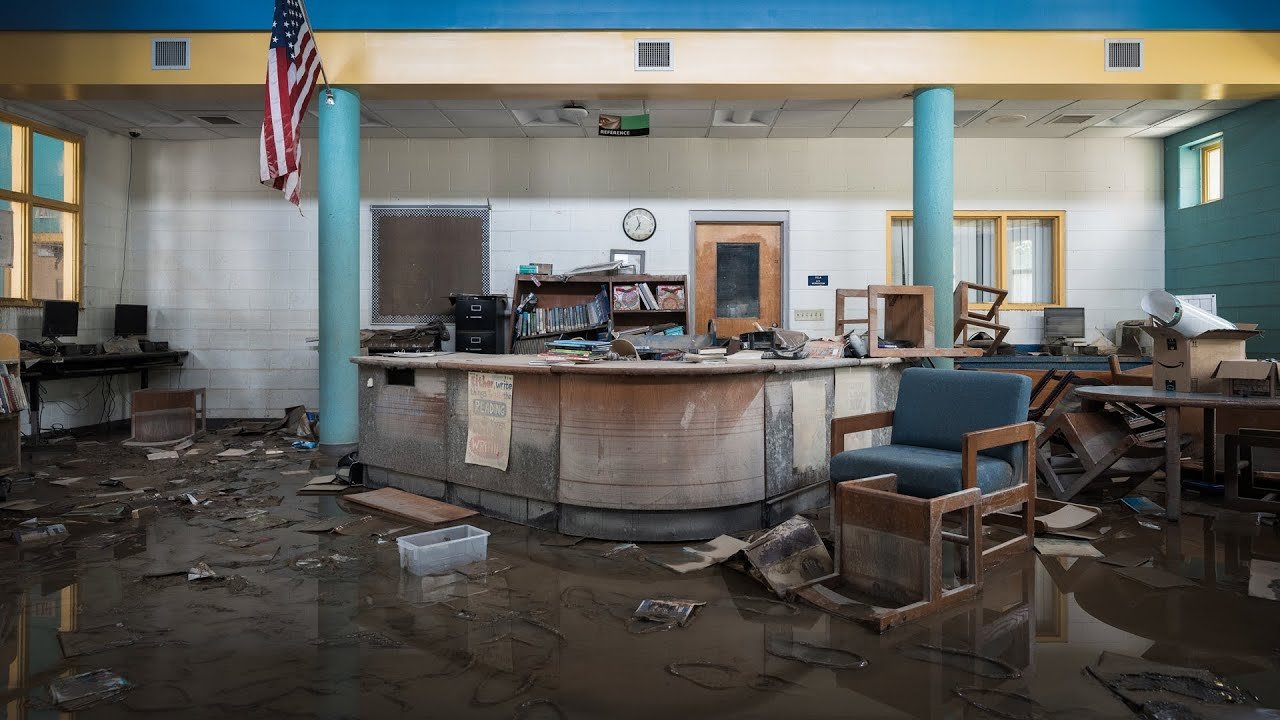If you ever stumble upon **Error Code 526**, it’s like finding your favorite restaurant closed for maintenance – frustrating, right? This pesky code usually pops up when there’s an issue with your SSL certificate on Cloudflare. Knowing what this means and how to fix it will keep your website secure and running smoothly.

Key Takeaways:
- Understanding Error Code 526: This code signals a SSL misconfiguration, preventing secure connections.
- Common Causes: Issues like outdated certificates or incorrect SSL settings can trigger this error.
- Fixing the Issue: Simple steps, from checking SSL settings to updating certificates, can resolve the problem.
What is Error Code 526?
Error Code 526’s like a bouncer at a club who won’t let you in if your dress code is wrong. It means there’s a problem with the **SSL certificate** on your origin server, specifically that it’s either invalid or misconfigured. Essentially, Cloudflare is saying, “Hey, something’s wrong with your secure connection; I can’t let those sweet data packets pass through!”

Common Causes of Error Code 526
Ah, the classic culprits! Picture a rowdy crowd at a concert, and you can see how things might go awry. The most common causes of this error include:

- Invalid SSL Certificate: Maybe your certificate has expired or was never valid to begin with!
- Misconfigured SSL settings: Sometimes, your server just doesn’t know how to play nice with Cloudflare.
- Incorrect certificate chain: This one’s tricky – it’s like not having a complete receipt when you try to return that sweater you bought last winter.
How to Identify an SSL Configuration Issue
Identifying an SSL issue is a bit like playing detective—putting on your best sleuth hat and digging around. I personally find it beneficial to **check your SSL certificate** using online tools like SSL Labs. Just enter your URL and let them work their magic; they’ll highlight any red flags like a neon sign at a midnight carnival!
Steps to Fix Error Code 526
Now that we’ve identified the troublemaker, let’s talk fixes! Here are the steps I would recommend:

- Check Configuration: Review your Cloudflare settings to ensure there’s no mismatch.
- Validate SSL Certificate: Got an expired certificate? Time to get that renewed, stat!
- Reconfigure SSL Mode: You can switch between modes – Full, Flexible, etc. It’s like choosing the right outfit for the day!
Updating Your SSL Certificate
When updating your SSL certificate, think of it as giving your online presence a little **facelift**. It’s not just about fixing the error; it’s also about ensuring security. Many hosting providers make this process more straightforward than pie. Oftentimes, they’ll issue the renewal with just a click or two! Just make sure to double-check that you’ve got the correct details and your domain is validated.

Cloudflare SSL Settings Explained
So, Cloudflare’s SSL settings can feel a bit like a foreign language at first. Don’t worry; I’ve been there! Here’s a quick overview:
- Flexible: Cloudflare handles connections to your users. The server connection doesn’t have SSL.
- Full: SSL is enabled between both Cloudflare and your origin server, but misses verification.
- Full (strict): This is the safest option — it ensures SSL on both ends with strict verification.
Testing Your Site After Fixes
After you’ve made the repairs, testing your site should feel like stepping back onto the dance floor after a long break. It’s exciting! Use tools like GTmetrix or PingDOM to check your site’s performance. You definitely wanna be sure that everything’s flowing smoothly before inviting users back in!
Preventing Future SSL Issues
Lastly, let’s seal the vault and smudge-proof that door. To avoid future SSL hiccups, consider these tips:
- Regular updates: Keep a calendar reminder for certificate renewals. Schedule them like you would a visit to the dentist!
- Monitor SSL status: Use monitoring tools that notify you when things go south.
- Educate your team: A little knowledge goes a long way—sharing this info can save a lot of headaches down the road.
Conclusion
In the end, finding and fixing Error Code 526 is one of those tasks we all dread, but it’s totally manageable. By understanding what it is, figuring out what caused it, and taking the right steps to fix it, you can keep your site secure and user-friendly. And like the wise old sayin’ goes, an ounce of prevention is worth a pound of cure! So let’s keep that treasure chest of data safe and sound. And hey, if you get stuck again, remember you always have the option to reach out for help. It’s usually just a quick chat away!





















